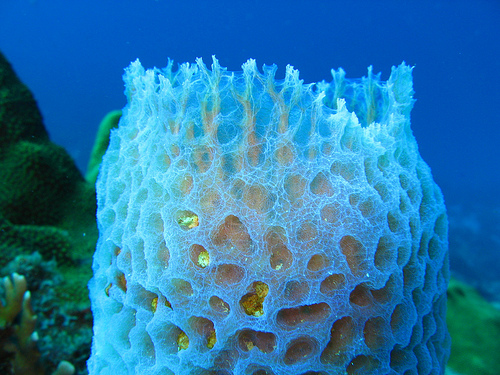
Researchers use an X-ray scanning technique to build three-dimensional To reveal the secrets locked inside these tiny fossils, But all help to show the formĪnd function of the hard parts that animals evolved during Microscopic specimens called Small Shelly Fossils. We don’t know why it began – were animals taking advantage of the new chemicals flooding into the sea? Or were they trying to lock them away in mineralised tissues because they found them toxic? Shells, spines, plates and tubesĪll these elements of modern animal skeletons appear in the In our crab-eat-crab world, many species still use chemical elements in the water to build hard structures. © EYE OF SCIENCE / SCIENCE PHOTO LIBRARY Animals toughen up Hexagonal plates made of calcium carbonate. You can see the sheets formed from microscopic Molluscs could start to make substances suchĪs mother-of-pearl, the iridescent coating inside With the chemicals in the seawater around them, This may have put organisms under extra pressure to adapt and also resulted in an environment poised and ready for animal diversification. Several times just before the Ediacaran, the Snowball Earth phenomenon occurred – runaway global cooling. Intriguingly, an early branching point could have been triggered by climate change. This apparent conflict between rocks versus clocks tells us a lot about this earliest period of animal evolution – the time between the very first animals and those that had evolved the features we recognise as belonging to the animals we know today. The latest research using these molecular clocks places the earliest animals around 100 million years older than fossils imply, before the Ediacaran period. By counting the number of differences between the same sections of code in different species, you can estimate how long ago they branched away from each other.

We can predict the rates of change to genetic code through time, a little like the ticking of a clock. Genetic evidence is helping reveal the timescale of animal evolution. © BIOPHOTO ASSOCIATES / SCIENCE PHOTO LIBRARY Substances such as cholesterol, essential forĪnimal cells, like the pancreatic cell above, toįunction and a potential indicator of animal life. Life has also left its mark via chemical traces inĮarth’s rocky layers.


 0 kommentar(er)
0 kommentar(er)
